The aircraft for today is the large-sized transport and cargo haloing aircraft which was developed after World War II-era for the American military. The name of this aircraft is Fairchild C-119 Flying Boxcar which was developed by the company named Fairchild for the use of the American military’s Navy and the Marine Corps branches for fulfilling the following roles.
- Carrying cargo
- Transporting personnel
- Patients
- Mechanized equipment hauling
- Drop cargo missions
- Para trooping missions
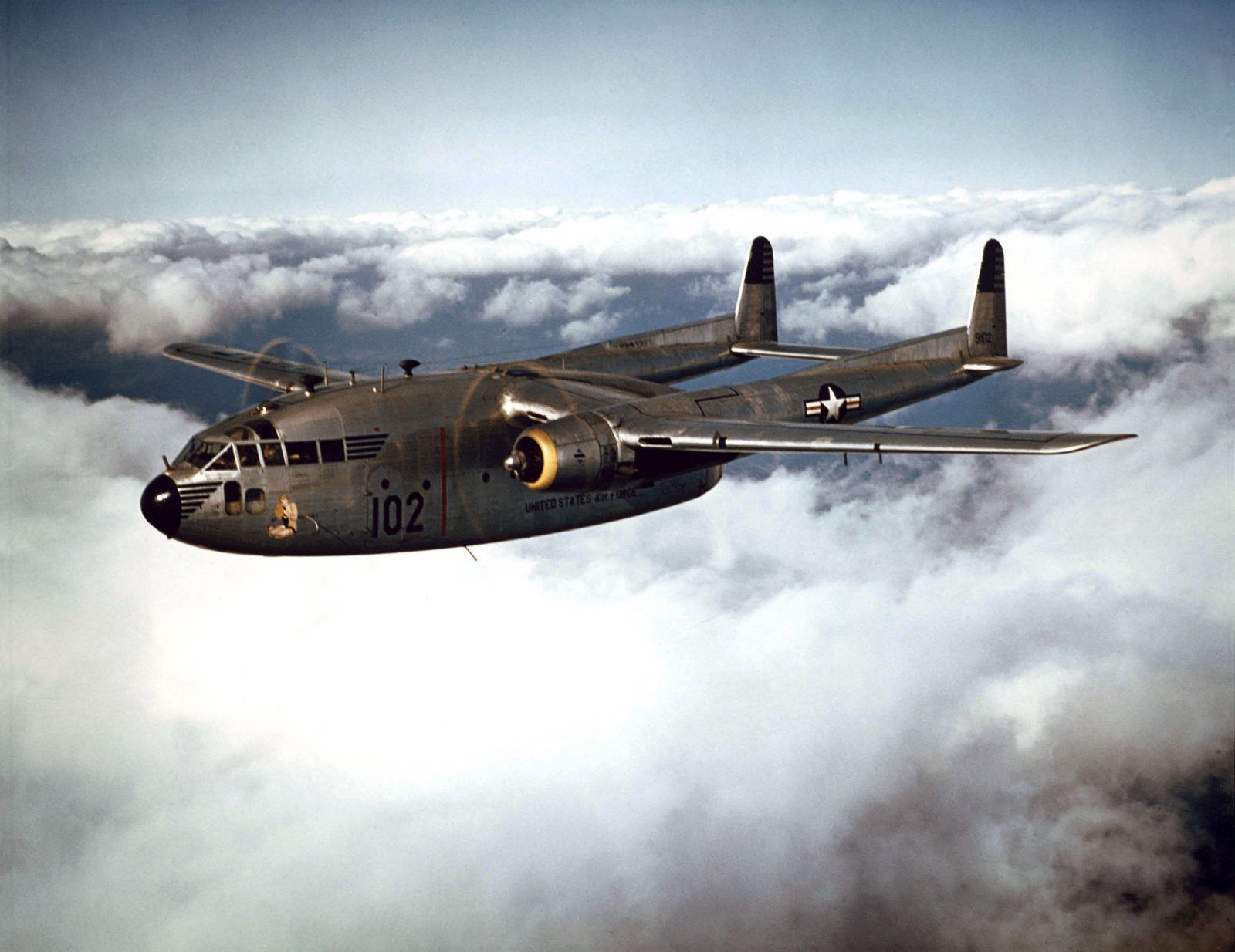
The very first prototype of the Fairchild C-119 Flying Boxcar made its first flight back in November of 1947. The design of the Fairchild C-119 Flying Boxcar is based on the World War II-era cargo and transport aircraft also designed and produced by Fairchild known as Fairchild C-82 Packet.
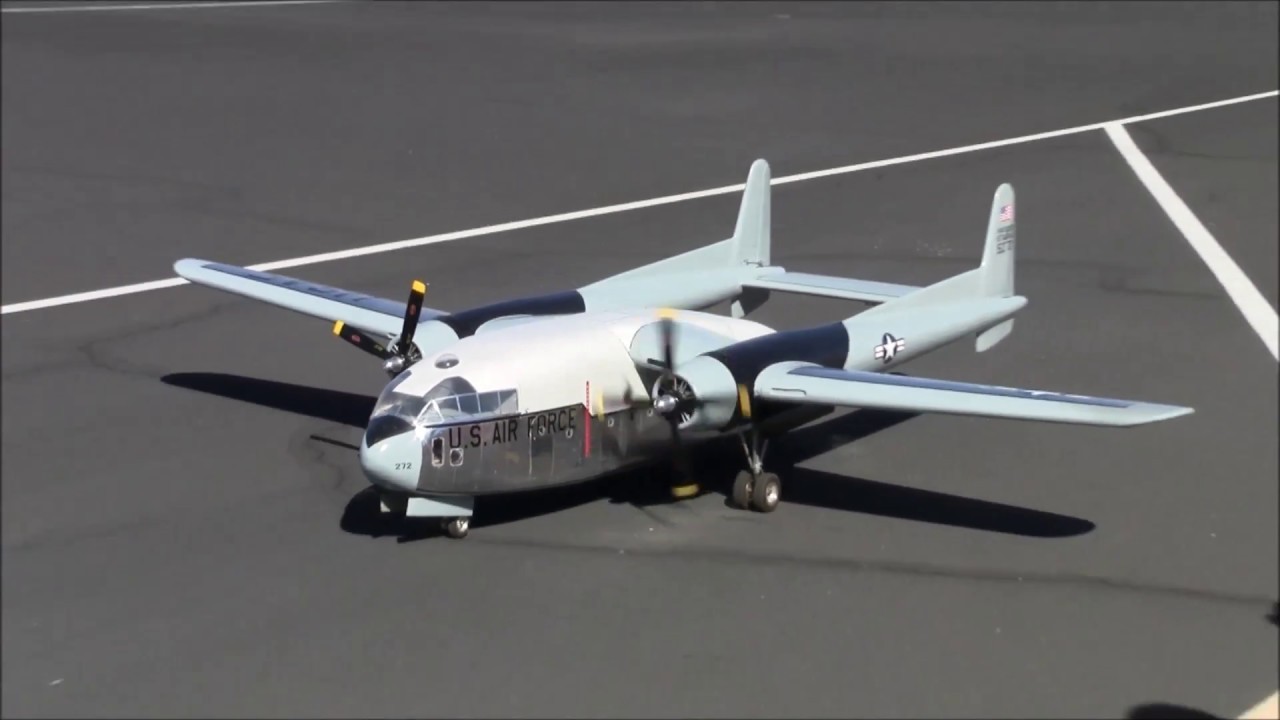
The production of the Fairchild C-119 Flying Boxcar ceased back in 1955 and by that time nearly 1100 of these aircraft were manufactured. The aircraft was nicknamed as Flying Boxcar due to its amazing ability to haul cargo as well as its unique twin-boom fuselage design.
Development:-
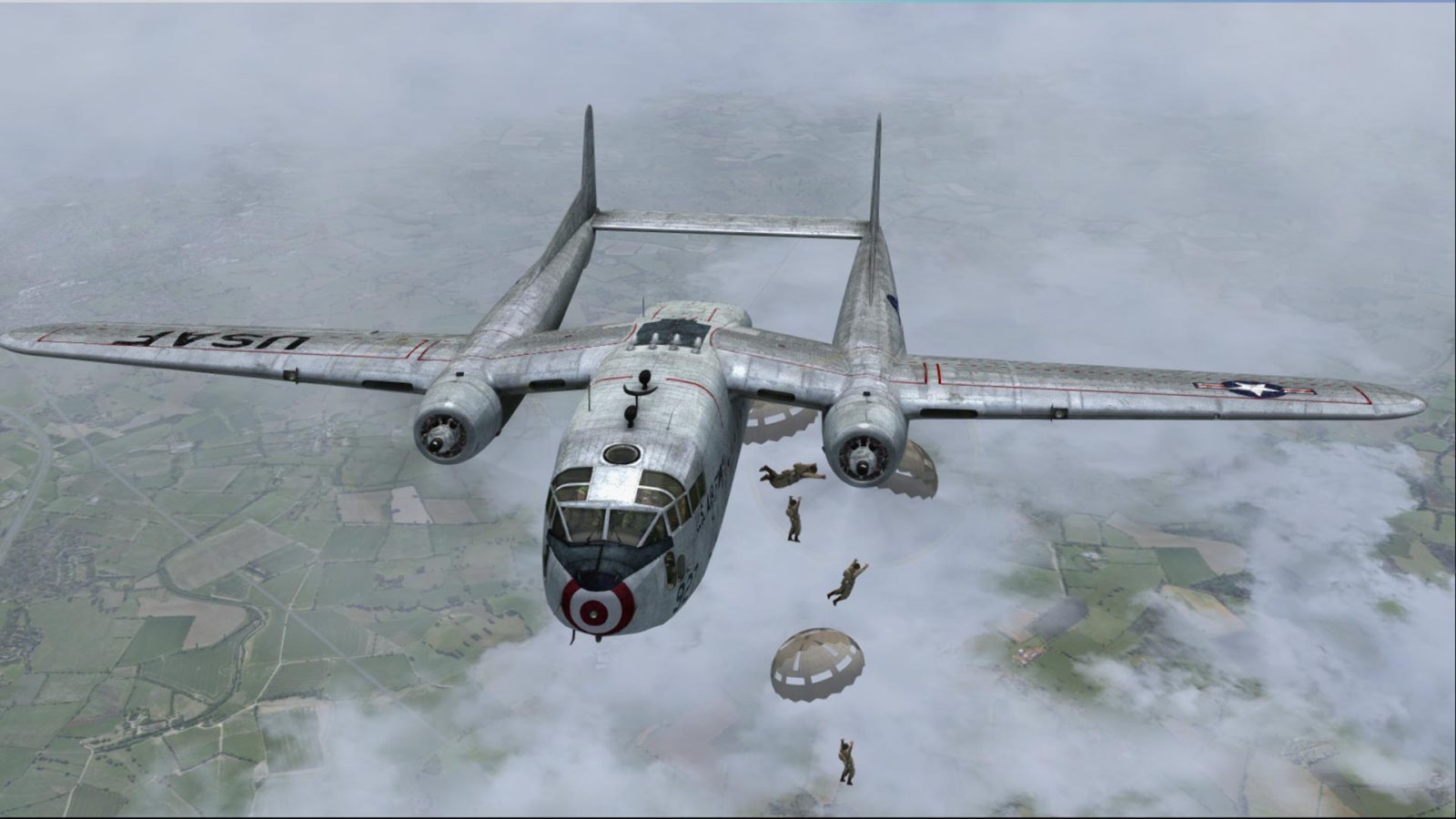
The origin of the Fairchild C-119 Flying Boxcar’s design comes from the design of the World War II-era cargo aircraft named C-28. The design was taken from C-82’s prototype model designated XC-82. The XC-82 aircraft was developed to serve the US military branches of the US Navy and the United States Marine Corps as their freighter aircraft. This prototype was thought to be developed in a single variant series in the designation of C-28A which was powered by 2 of the Pratt & Whitney R-2800-34 radial piston engines. This prototype was to have the ability to carry nearly 78 troops with combat-ready gears, 42 paratroopers or 34 patients in its standard cargo carrying capabilities. The aircraft produced to be a success and nearly 220 of these C-82A aircraft were produced.

This successful service from the C-82A led to the creation of an improved variant of the C-82 which was first named as C-82B but was then alter designated as Fairchild C-119 Flying Boxcar.
Design:-
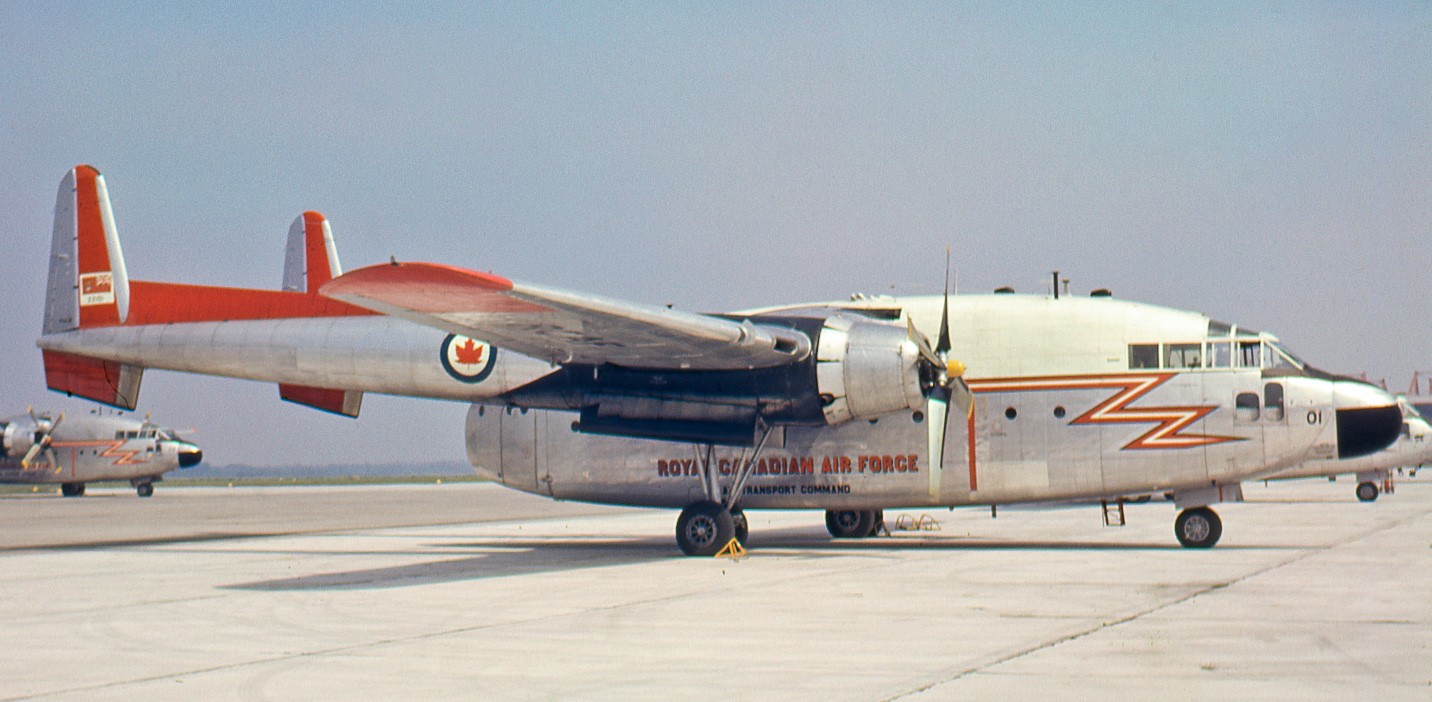
The thing that made the Fairchild C-119 Flying Boxcar a freighter aircraft of its own class was it the large pod of the fuselage which was straddled from both sides of the fuselage that featured overall a twin-boom design. This twin-boom design would also hose one radial engine on each side of the fuselage with the wings being high monoplanes. Wings were made to be of straight design while fins were twins and located on the aft.
The large box-like fuselage section of the Fairchild C-119 Flying Boxcar allowed it to be a great aircraft for cargo transport. The design was made better with its high mounted wings that had engines mounted underneath them which allowed for more troops, patients or equipment to be carried inside the aircraft.

This initial model for the Fairchild C-119 Flying Boxcar which was designated as C-119B was fitted with the R-4360-20 radial piston engines which would create the 3500 horsepower. The elongated fuselage design allowed for the aircraft to carry inside nearly 62 paratroopers along with an improved cargo carrying capabilities.
Powerplant:-
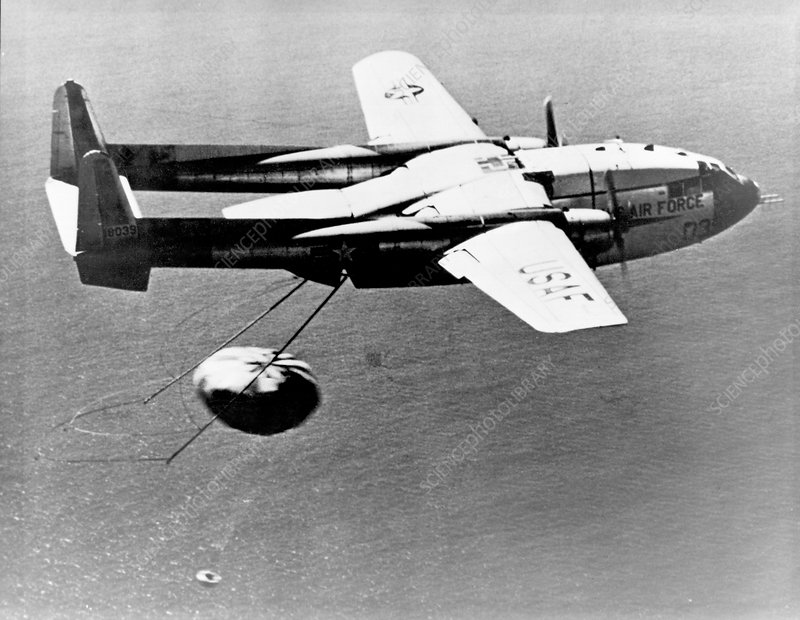
A single Fairchild C-119 Flying Boxcar was equipped with 2 of the Wright R-3350-89 Cyclone series radial piston engines that had 18 cylinders each and were of air-cooled nature. These engines would generate power of 3500 Hp each. This much power allowed for the Fairchild C-119 Flying Boxcar to be propelled at a top speed of nearly 281 mph for a maximum ferry range of nearly 1771 miles at a maximum ceiling of about 24000 feet which it achieved with the climbing rate of 1010 ft/min.
Gunship Variant:-

The Fairchild C-119 Flying Boxcar proved to be a successful freighter aircraft and the series went on to see evolution in its design throughout its service era. The most definitive model of the Fairchild C-119 Flying Boxcar is of designation C-119G of which nearly 480 units were created. This Fairchild C-119 Flying Boxcar was also then tested and trialed to become a gunship variant which was designated as AC-119, which was armed as a standard gunship aircraft. This model was based on the design of C-119G and another gunship variant was created under designation AC-119K.
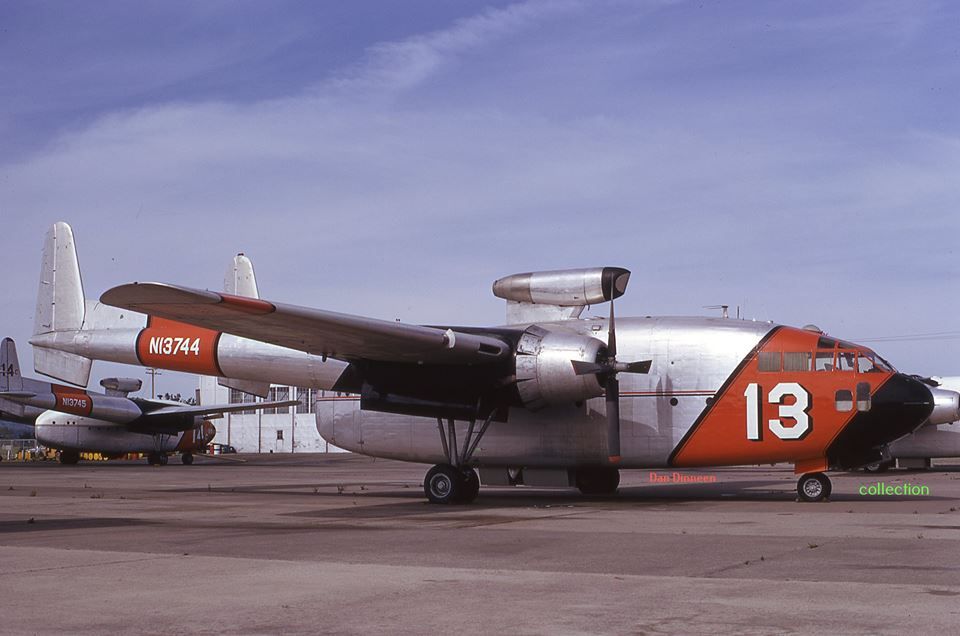
The most notable change carried out in the base design and components of the Fairchild C-119 Flying Boxcar was the addition of the twin General Electric J85-GE-17 turbojet engines under its wings for giving it an additional speed boost. Only 5 of such models were created.
One of the Fairchild C-119 Flying Boxcar was designated as C-119J which had a powered assembly for cargo door that caused the fuselage’s rear to open during the flight for making supply drops. 62 of these C-119J units were created with many of them as the revision on the C-119F and the C-119G variants.
Total number of aircraft produced and other operators:-
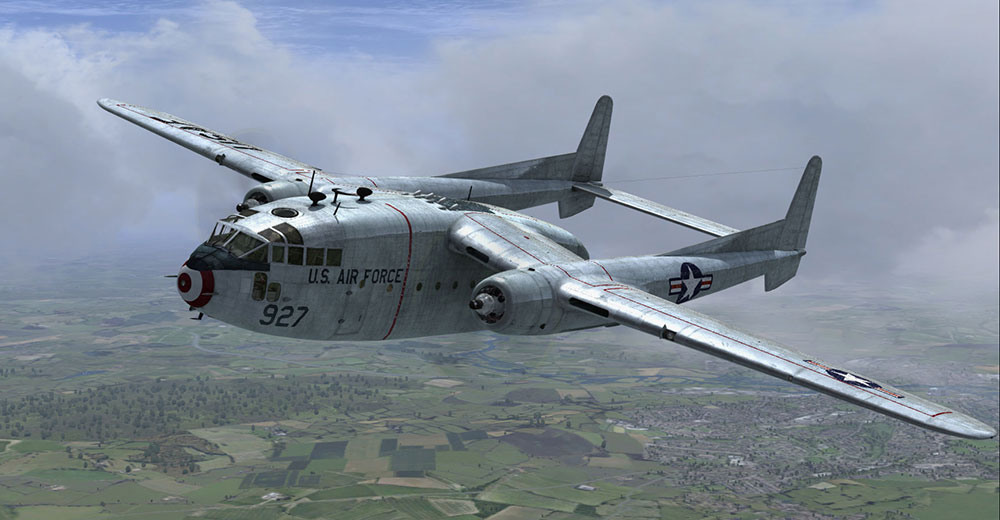
After completing its first flight back in 1947, the Fairchild C-119 Flying Boxcar was green-lighted for the mass production line and the production continued well until 1955. During this entire production period, nearly 1100 of these Fairchild C-119 Flying Boxcar aircraft in all its variant forms were created.
The aircraft as primarily designed and created for the US Military but it was exported to many nations as well, like the following.
- Belgium
- Brazil
- Canada
- China
- Ethiopia
- France
- India
- Italy
- Jordan
- Morocco
- Norway
- Spain
- Taiwan
- Vietnam
Distinguishing feature from C-82:-
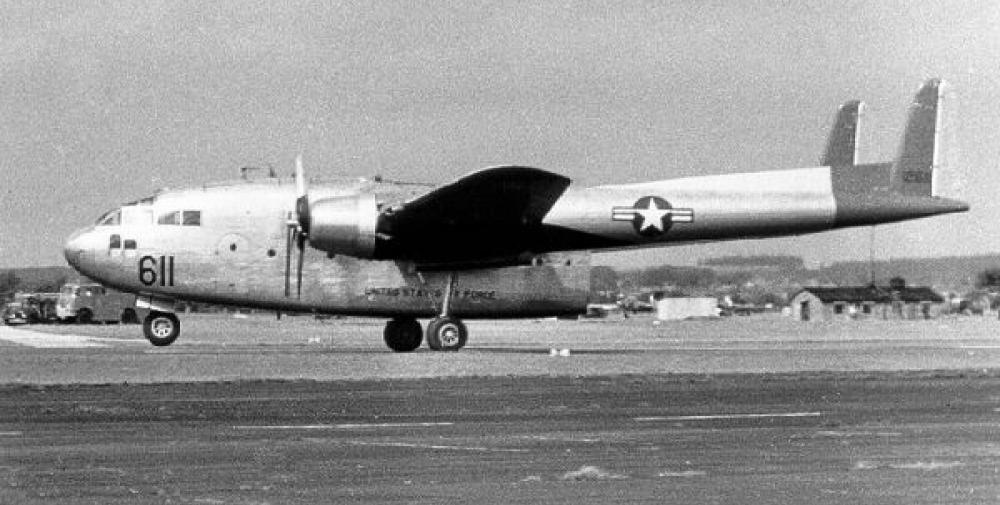
The feature that made the Fairchild C-119 Flying Boxcar most distinguishable from the C-82 was its large nose area that was located ahead of the aircraft’s flight deck.
Nickname:-
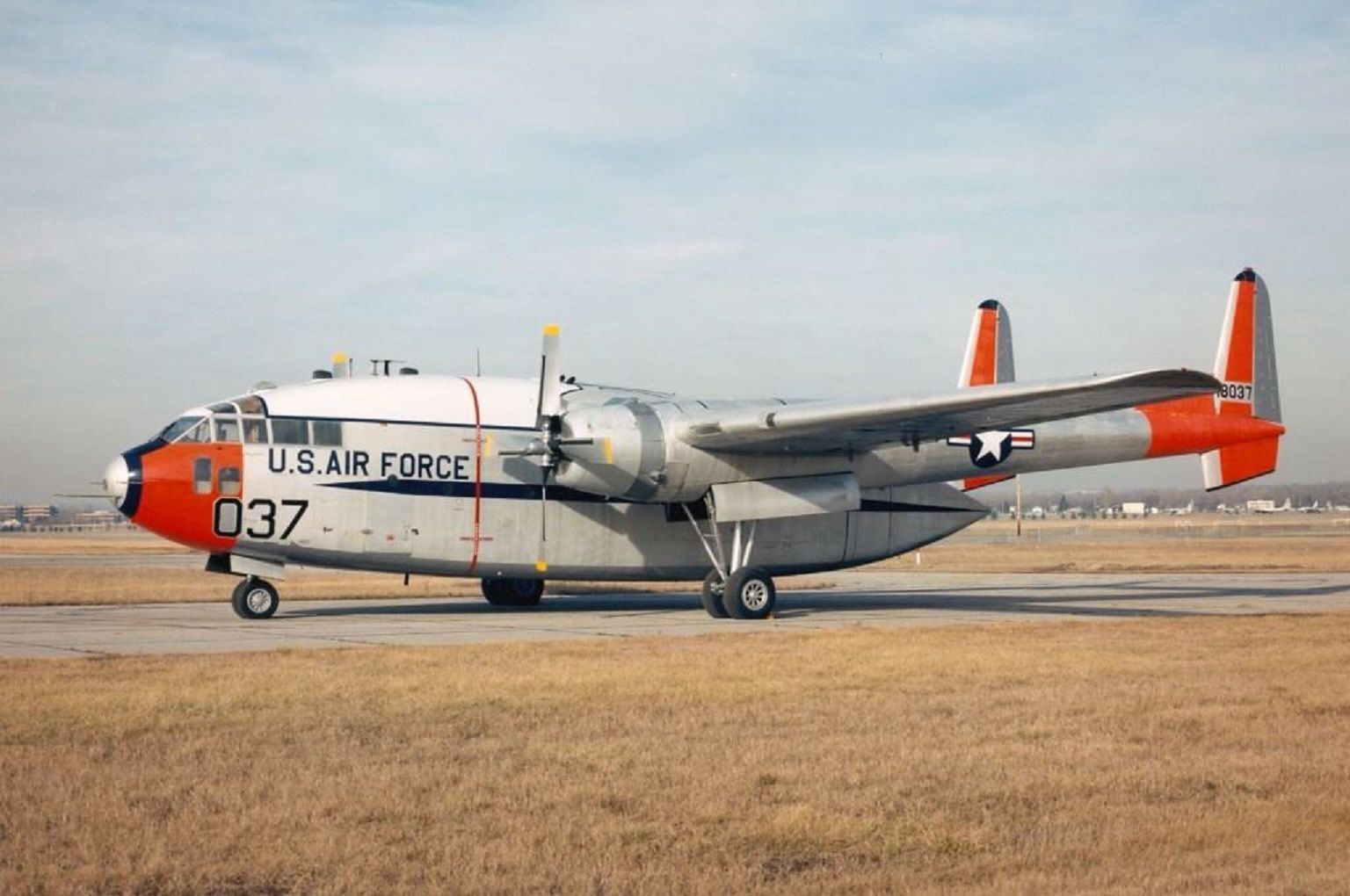
The aircraft only had the designation of Fairchild C-119 but seeing its box-like fuselage design, the aircraft was then nicknamed as Flying Boxcar. The boxcar part stayed in its designation. This was mainly due to this freighter aircraft’s twin-boom design.
Retirement:-
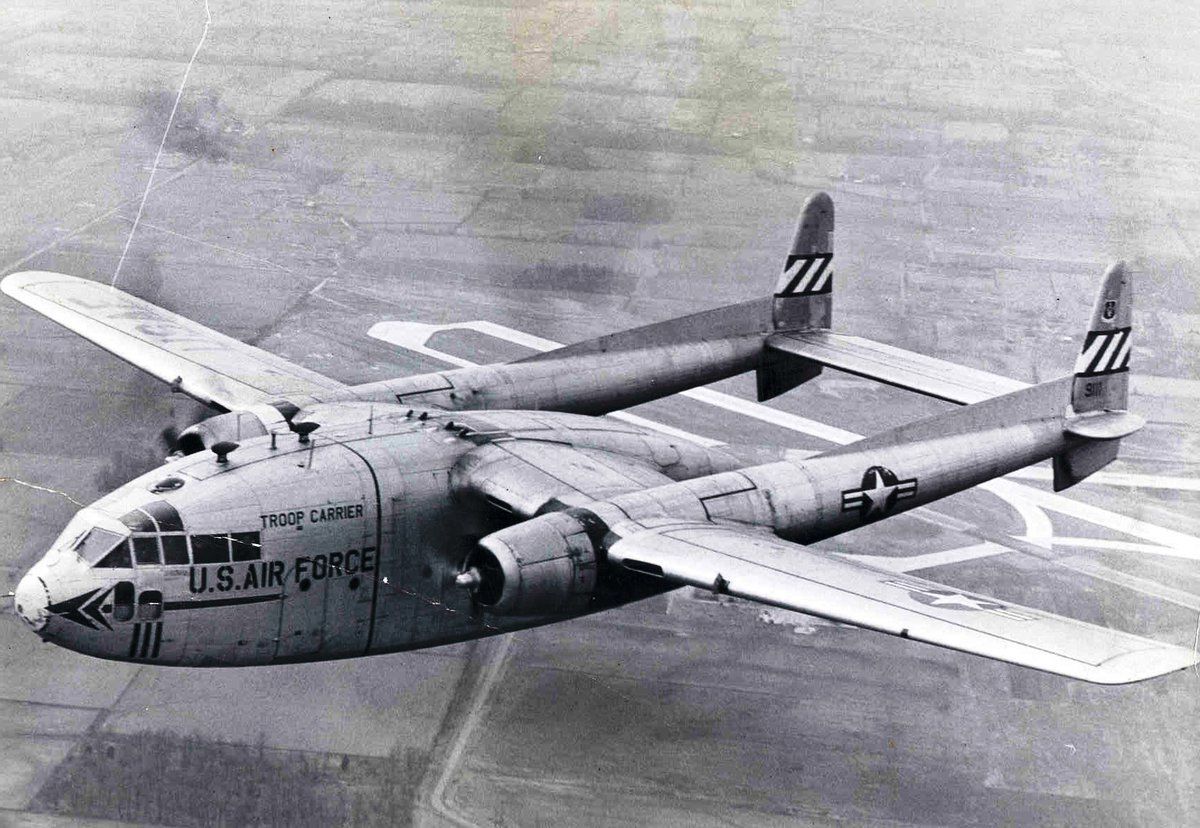
The USAF’s Strategic Air Command was the last to retire the Fairchild C-119 Flying Boxcar back in 1973. As for its retirement from its many operators, the last one was the Republic of China Air Force which formally retired it back in 1995.
Related Content
Interesting facts about the HAL Ajeet; IAF’s (Indian Air Force) version of Folland Gnat
Interesting facts about the Folland Gnat; The Light Attack Fighter& Trainer of RAF
Interesting facts about Xian JH-7 Flounder/FBC-1 Flying Leopard





